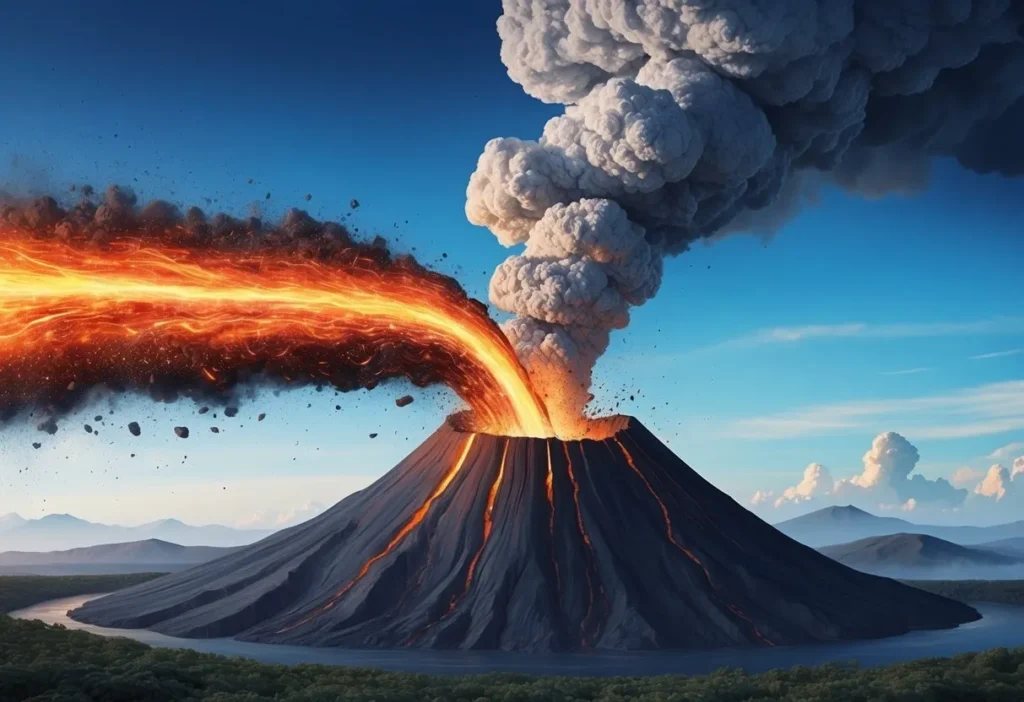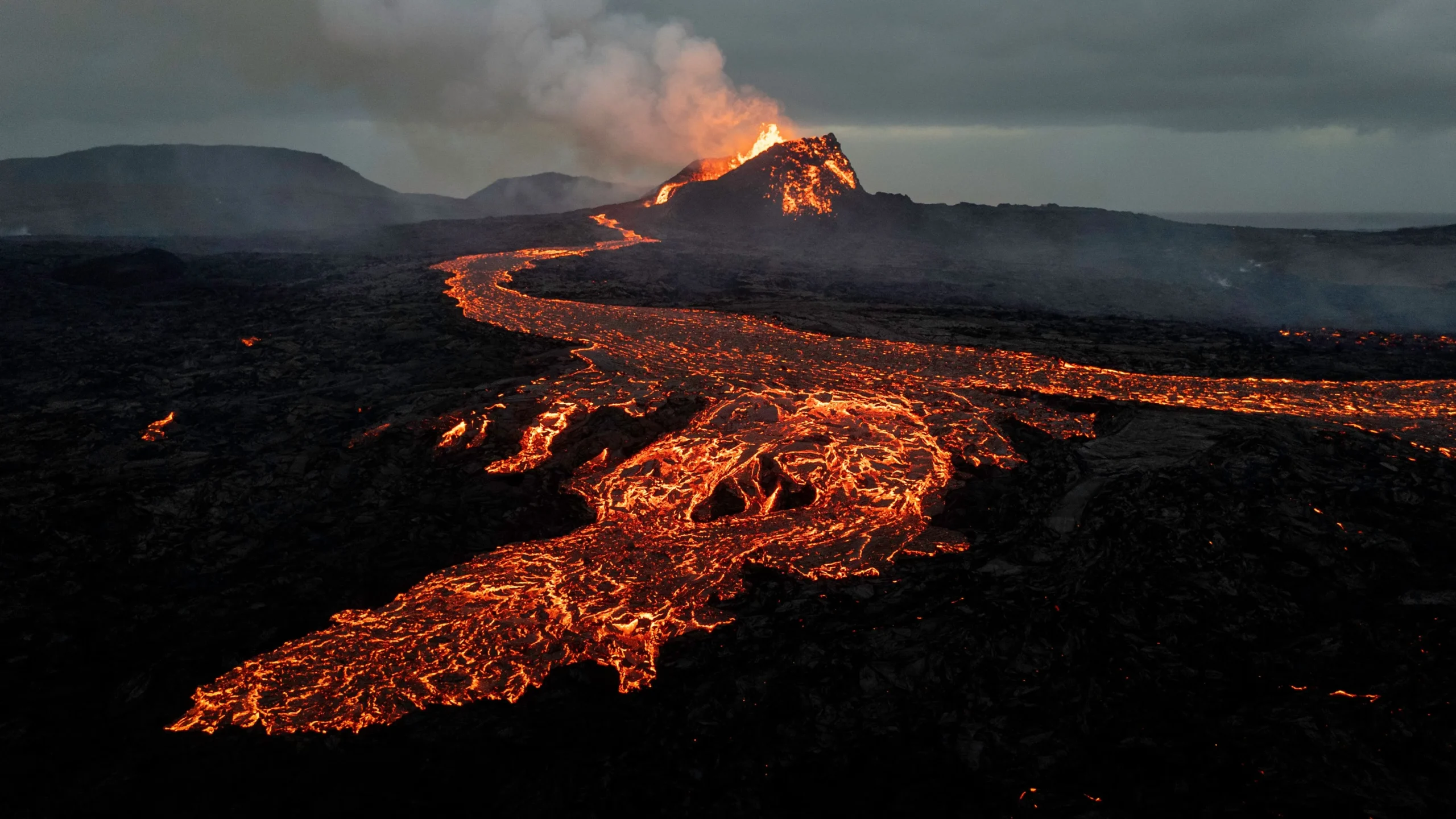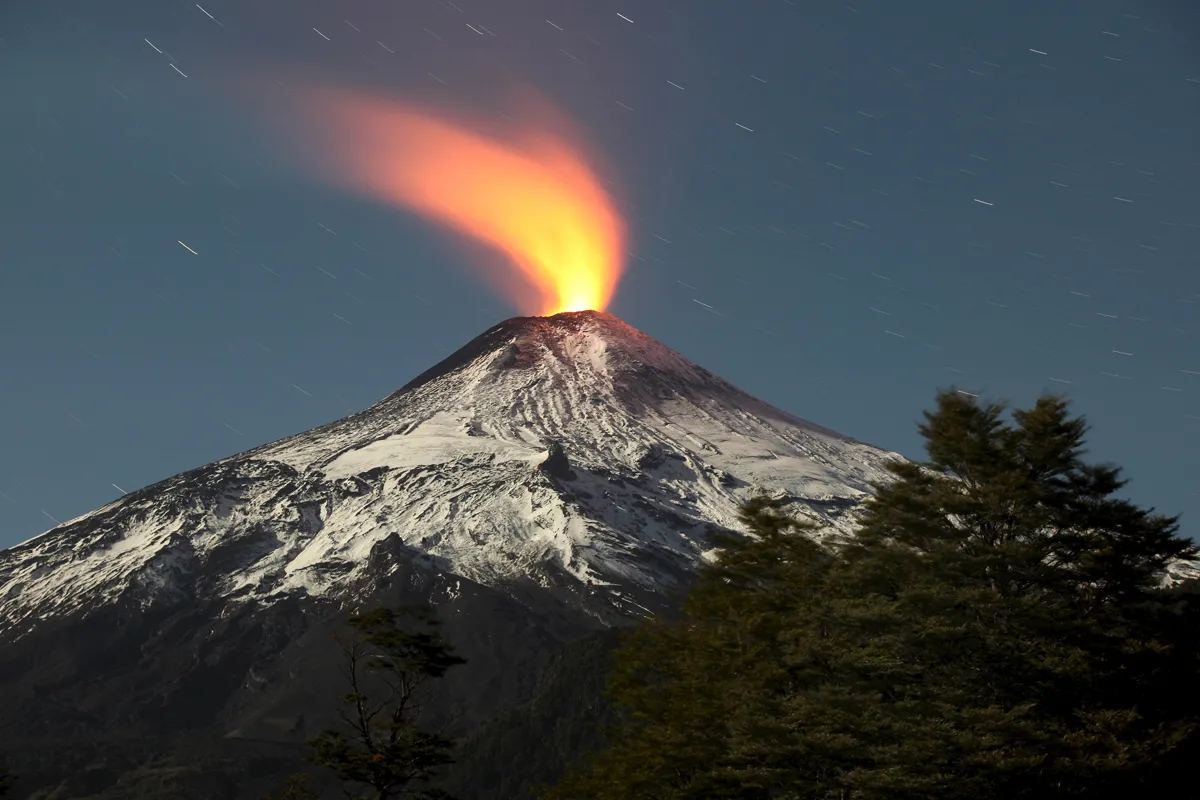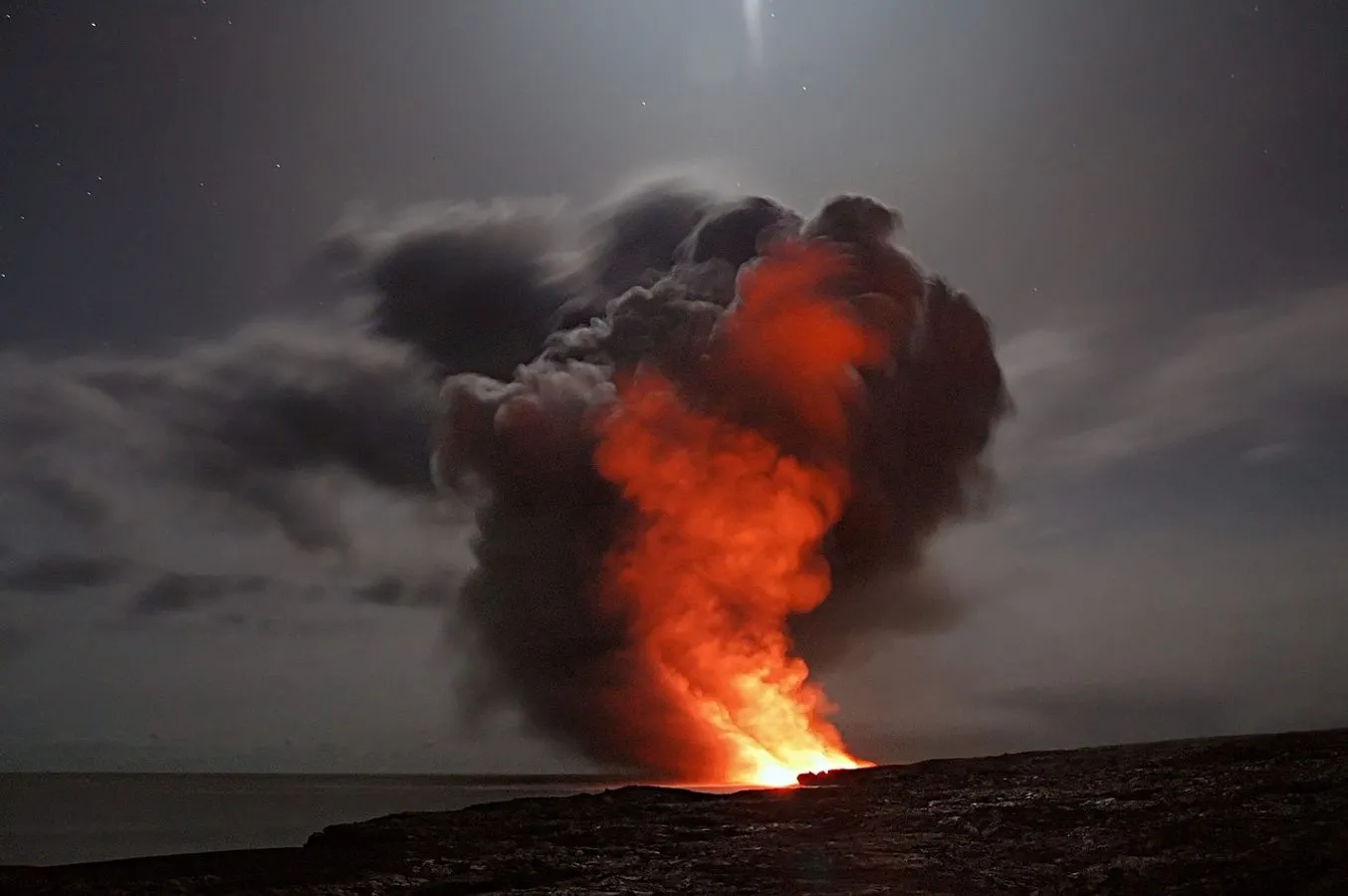
Throughout history, the power of volcanic eruptions has profoundly shaped the Earth’s landscape. From forming continents to influencing global climates, these natural phenomena boast both creative and destructive capabilities. However, the true potential for catastrophe lies dormant beneath the seemingly peaceful surface. Scientists are now sounding alarms about the possibility of a massive volcanic eruption that could mirror, or even exceed, the catastrophic effects of historic events like the 1815 explosion of Mount Tambora.
This eruption stands as a chilling reminder of volcanic power, having triggered the infamous “year without a summer,” leading to widespread famine and the loss of tens of thousands of lives. Today, experts warn that we may be on the cusp of another such colossal event, one with the potential to disrupt modern society on a global scale.

When History Speaks: Lessons from Tambora
The eruption of Mount Tambora is the most potent in recorded history, releasing vast amounts of ash and sulfur dioxide into the atmosphere. This event caused a significant drop in global temperatures, disrupted weather patterns, and resulted in food shortages across continents. The cultural impact of this climatic anomaly was also notable, providing the bleak setting in which Mary Shelley penned her gothic masterpiece, Frankenstein.
Other eruptions, like the 1257 Samalas event, have similarly contributed to significant climate shifts, such as the onset of the Little Ice Age. These historical precedents serve as a grim reminder that massive eruptions occur approximately every 600 years, suggesting that another event of similar magnitude may be overdue.
The Growing Global Threat
The world today is vastly different from the one that faced Tambora’s wrath over two centuries ago. Our planet is now warmer, more interconnected, and densely populated, factors that amplify the potential impact of a major eruption. Markus Stoffel, a climate professor at the University of Geneva, articulates a sobering reality: “Humanity does not have any plan,” highlighting the global unpreparedness for the upheaval such an eruption would cause.
Potential Catastrophic Consequences
- Immediate Destruction: Cities near volcanoes could face obliteration due to lava flows, ash clouds, and pyroclastic surges.
- Agricultural Collapse: Altered climate conditions could severely impact global food supplies, particularly in major agricultural regions.
- Economic Shockwaves: Economic analyses, including those from Lloyd’s of London, predict losses that could exceed $3.6 trillion in the initial aftermath of a Tambora-scale eruption.
- Mass Displacement: Over 800 million people residing near active volcanoes would face the threat of evacuation.

Volcanic Climate Impact: A Cooling Shadow
Volcanic eruptions release sulfur dioxide (SO₂), which forms aerosols in the stratosphere that reflect sunlight and cool the Earth. This phenomenon was observed following the 1991 eruption of Mount Pinatubo, which lowered global temperatures by about 0.5 degrees Celsius for several years. However, these cooling effects are uneven, exacerbating existing vulnerabilities in certain regions and potentially leading to dramatic temperature drops, crop failures, and water shortages.
Why Today’s Impact Could Be Worse
Interactions between a major eruption and human-induced climate changes could lead to unprecedented consequences. Factors such as accelerated atmospheric circulation and altered ocean dynamics could enhance the cooling effects of volcanic aerosols. Additionally, the melting of glaciers, reducing pressure on volcanic systems, might trigger more frequent eruptions.
Preparing for the Inevitable
Despite the impossibility of preventing these massive eruptions, steps can be taken to mitigate their impact:
- Enhanced Monitoring: Advanced sensing technology can provide early warnings by detecting precursors to volcanic activity.
- Disaster Readiness: Comprehensive disaster planning and resource allocation are crucial to ensure the safety and sustenance of at-risk populations.
- Global Cooperation: International efforts must be coordinated to provide aid and stabilize regions post-eruption.

The threat of a massive volcanic eruption poses a stark challenge to modern civilization, underscoring the need for preparedness and international cooperation. As scientists continue to study these monumental forces of nature, the lessons from past eruptions must guide our strategies to safeguard future generations from potential global catastrophe.
